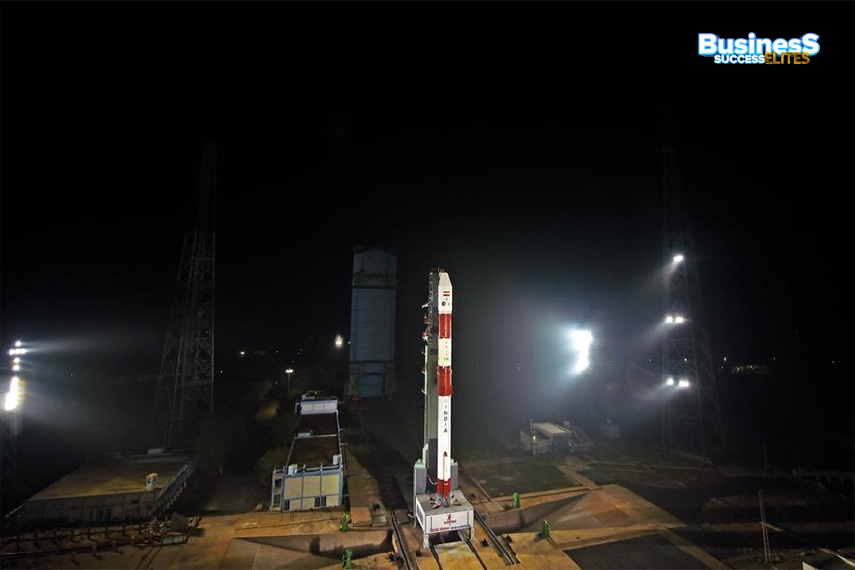
The Indian Space Research Organisation (ISRO) achieved a groundbreaking milestone by successfully launching the Space Docking Experiment (SpaDeX) mission. This makes India the fourth country in the world to master space docking technology. The mission was carried out aboard the PSLV-C60 rocket from Sriharikota, carrying two key spacecraft—SDX01 (Chaser) and SDX02 (Target)—designed to dock in low-Earth orbit.
The PSLV-C60 rocket lifted off with SpaDeX and 24 additional payloads, marking a momentous achievement in India’s space exploration history. Following the successful deployment of the satellites, ISRO celebrated the milestone as a significant step forward in the nation’s growing space capabilities.
Union Minister Jitendra Singh expressed pride in the success, noting that India has joined an elite group of countries— the United States, Russia, and China—who have successfully demonstrated space docking technology. He also highlighted India’s development of the “Bharatiya Docking System,” a breakthrough that will play a pivotal role in future missions like Gaganyaan and the Indian Space Station (Bharatiya Antriksha Station).
The Bharatiya Docking System incorporates several advanced technologies, including a precise docking mechanism, sensors for rendezvous and docking, power transfer capabilities, and an autonomous inter-satellite communication system. These innovations allow spacecraft to communicate and assess one another’s condition autonomously, ensuring seamless docking operations.
The success of the SpaDeX mission is vital for India’s future in human spaceflight, satellite servicing, and the development of space stations. Docking technology is critical for future lunar exploration missions and establishing a sustainable Indian space station. Additionally, it will allow India to conduct missions beyond Earth’s orbit without reliance on Earth-based Global Navigation Satellite Systems (GNSS).
As part of the mission’s next steps, ISRO will spend four days evaluating the spacecraft’s docking orientation and software processes. The mission will also demonstrate the transfer of electrical power between docked spacecraft—a key development for future in-space robotics, spacecraft control, and operations after undocking.
Furthermore, the PSLV-C60’s fourth stage, POEM-4, is dedicated to conducting experiments and carrying 24 payloads from academic institutions and startups.
With the success of SpaDeX, ISRO has further solidified its position at the forefront of space technology, paving the way for future missions that will transform human space exploration and open new frontiers in space science.
Top 5 Benefits of Instagram Reels for Business Growth
November 29, 2025How E-Commerce Brands Can Grow Using TikTok and Instagram Reels
November 29, 2025PhysicsWallah IPO: Price band set at ₹103-109 per share
November 9, 2025UpGrad in talks to acquire Unacademy in $300–400 million deal
November 7, 2025